APPLICATIONS ARE OPEN! – Letters of Intent due 9/15/23

Once the continuous enrollment ends, it is estimated between 5 -14 million individuals will be affected

St. Vincent de Paul Charitable Pharmacy offers article regarding impact of a charitable pharmacy on their community and patients

Charitable Pharmacies of America organization member receives Health Equity grant
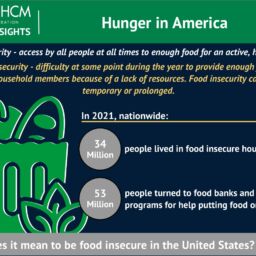
More than 34 million people in the United States were living in food insecure households in 2021, a decline from 38 million in 2020. The combination of the expanded child tax credit, Supplemental Nutrition Assistance Program benefits, and private donations all contributed to reducing food insecurity during the pandemic. Still there is much more work to be done, with food costs spiking 11.4%, the largest annual increase since 1979, inflation factors could easily cause food insecurity to grow.
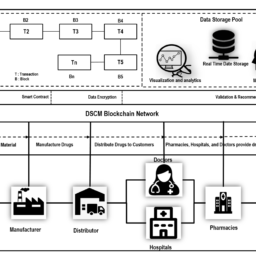
FDA approves 1 Year delay of Track & Trace requirements
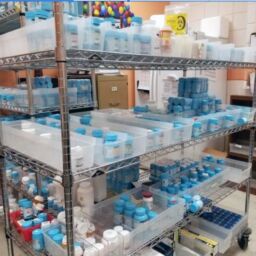
This study represents a rigorous, multi-state evaluation that highlights the impact of a charitable medication access program on hospital utilization for the medically under-served population.

The pharmacy industry sees at least five changes
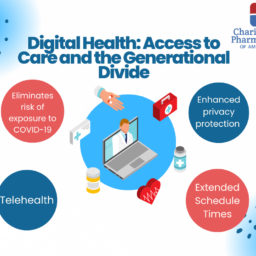
Just as banks have helped seniors bridge the digital divide and leverage online banking to better manage their money, healthcare organizations need to help older adults leverage digital technology to better manage their health.
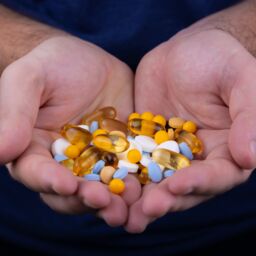
An opportunity for charitable pharmacies to collaborate with oncology practices for non-oncology medications during and after treatment.
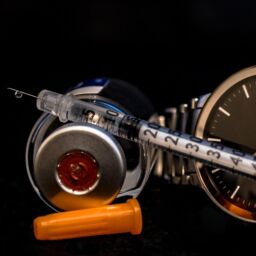
Significant improvement in glycemic control among participants demonstrates the substantial impact that pharmacies partnered with charitable medication distributors such as the Dispensary of Hope can have on individuals with insulin-treated T2D

How is a charitable pharmacy different from other types of pharmacies?
Good Pill will provide direct access to hundreds of life-saving medications and save families $150+/month on healthcare cost

Starting Sept. 25, Americans can again order free COVID-19 tests through the federal government.
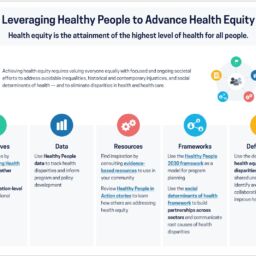
Healthy People 2030 Leveraging Healthy People to Advance Health Equity Health equity is the attainment of the highest level of health for all people. “Eliminate health disparities, achieve health equity, and attain health literacy to improve the health and well-being of all.”

